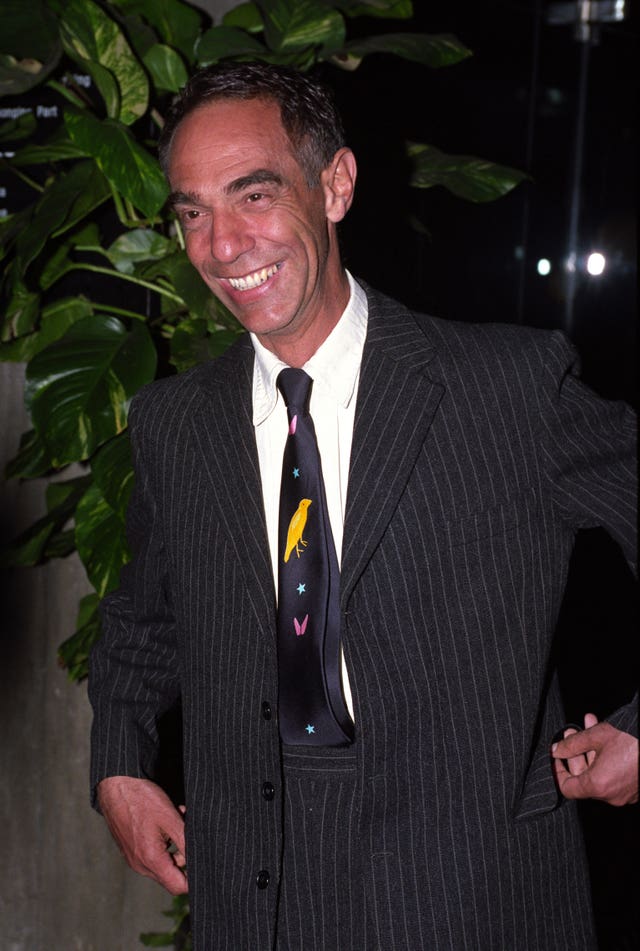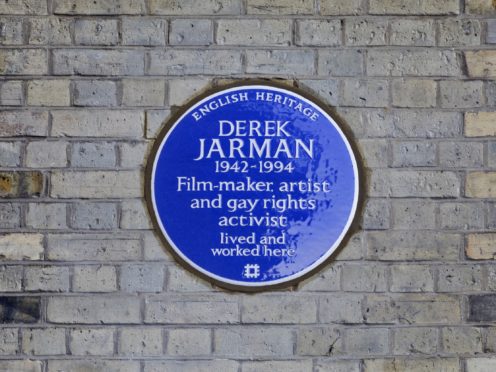Film-maker Derek Jarman is being commemorated with an English Heritage blue plaque.
The plaque is being unveiled exactly 25 years after his death and marks the large former warehouse where he lived and worked on London’s South Bank.
Jarman was known for his experimental film-making as well as his contribution to the gay rights movement.

English Heritage Trustee and Blue Plaques panel member David Olusoga said: “Jarman was a major cultural figure of the last quarter of the 20th century.
“He was a unique voice in cinema, an important campaigner for gay rights, a painter and a gardener.
“He brought a creative and disruptive energy to everything he did, at a time when it was urgently needed.”
The plaque is being installed in Butler’s Wharf, which housed Jarman’s fourth and final studio and living space and where he was part of the artistic community.

For spells between 1973 and 1979, Jarman lived and worked on the third floor of block A1, Butler’s Wharf, using a greenhouse in the corner of the space as a makeshift bedroom.
He experimented with Super 8 film in his studio, and his last film, Glitterbug, which was completed after his death, was a compilation of Super 8 footage and included some of his early experiments.
The production for his cult classic Jubilee (1978) was also based at his Butler’s Wharf studio.
He was also known for the films Caravaggio and Wittgenstein, and Blue.
Olusoga said: “We are delighted to honour him here on the South Bank, where he began to create his Super 8 universe.”
In 1986, Jarman tested positive for HIV and announced his diagnosis, defiantly confronting the stigma then attached to the illness.
He died on February 19 1994, aged 52.
